Komodo Liveaboard
Komodo liveaboard diving is an incredible experience for divers to explore the unique and diverse marine life in the region.
Komodo is located in Indonesia, the Komodo National Park is a UNESCO World Heritage Site that boasts some of the best diving sites in the world. The park is home to over 1,000 species of fish, 260 species of coral, and a range of large marine life such as: Manta Rays, White Tip Reef Sharks, Mobula Rays, and more.
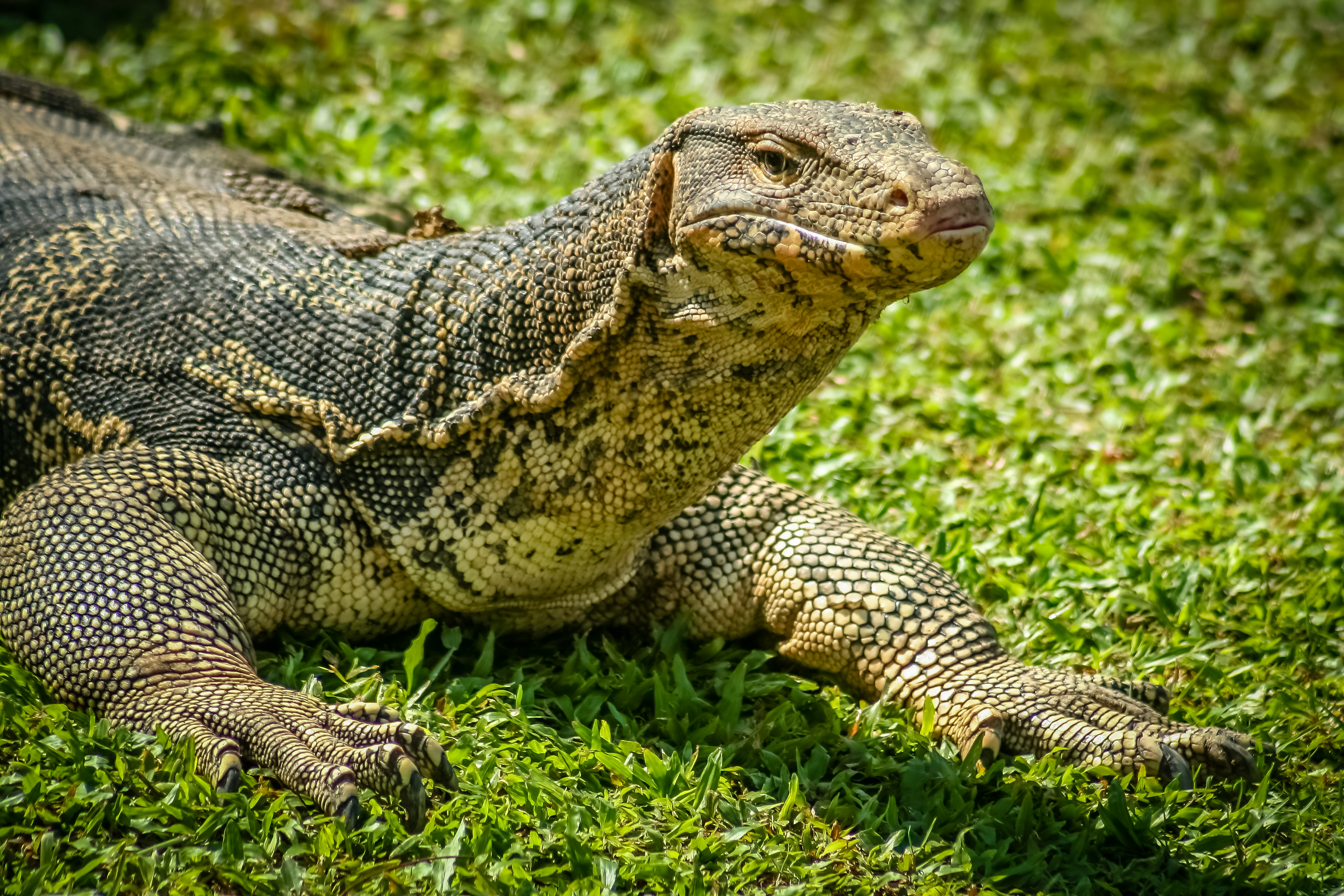
Komodo Liveaboard Diving Highlights
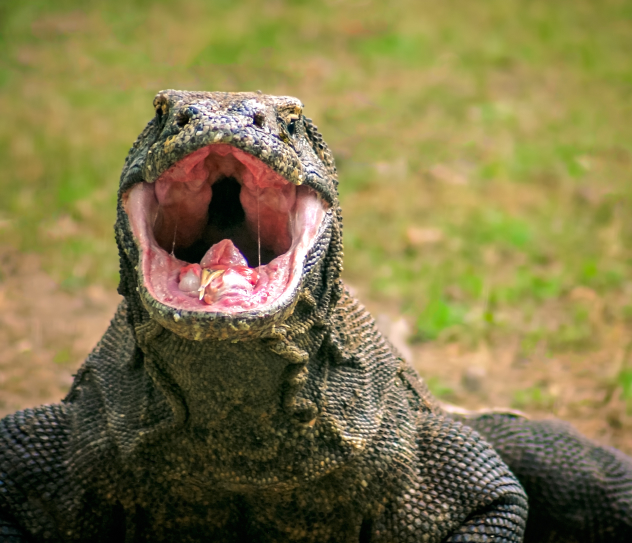
Banda Sea Liveaboard Diving Highlights
The Hammerhead migration is what attracts divers from all around the world to visit the Banda Sea. Because of the remote location where the Banda Sea is found, the only way to experience scuba diving here is by liveaboard. Cell phone and internet connection are limited here, so once you leave the harbor of Ambon, you are literally in the middle of nowhere and completely disconnected from the world, reachable only by satellite internet or satellite phones.
Book Now
Komodo Diving Safety Details
Before embarking on any Komodo liveaboard trip, safety should always be your top priority. When diving in Komodo, it is important to be aware of the currents, as they can be strong and unpredictable. Safety wise, it is recommended that divers have at least an advanced open water certification and a minimum of 25-30 logged dives before diving in Komodo.
When choosing your Komodo liveaboard, note that you will find a lot of options and operators. Some are local, some are foreign owned and ran, each with different standards for safety and different itineraries. Read the reviews before you book your chosen Komodo liveaboard.
In terms of diving equipment, it is recommended that divers bring their own dive gear, it makes all the difference during the several days you will spend on the liveaboard. Most of the Komodo liveaboard operators will provide tanks, weights, and other necessary equipment for rental but you should consider booking in advance because diving equipment is limited on liveaboards.
Book NowThe Five Most Popular Dive Sites in Komodo
Batu Bolong
Batu Bolong is a small rock island that rises up from the sea and is home to a wide variety of marine life, including reef sharks, turtles, and schools of fish.
For Komodo Liveaboard, Batu Bolong is by far the most popular dive site because the coral reef is simply stunning. However, the currents at this dive site can be insanely strong, so diving here requires excellent timing.
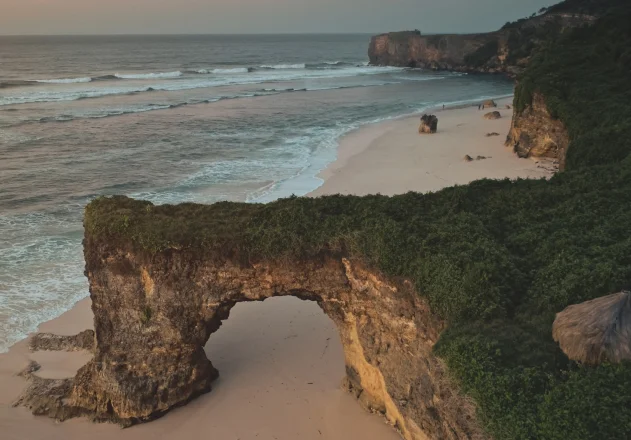
Manta Point & Tatawa Besar
No surprise that Manta Point is one of the most popular dive sites. This is where divers can see the majestic Manta Rays, which can often be seen feeding on plankton near the surface. This site is suitable for all levels of divers and is a must-visit for anyone who loves diving with these graceful giants. Snorkeling here is also proper.
Tatawa Besar is generally a drift dive that is suitable for all levels of divers. The entire dive is gliding on top of an amazing beautiful coral reef where you can see a range of marine life, including sharks, turtles, and schools of fish.
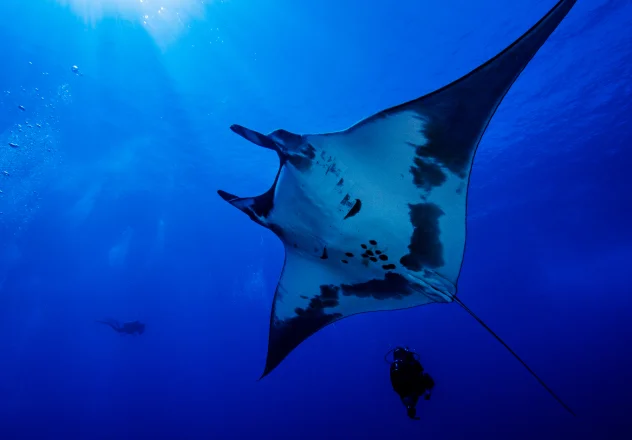
Castle Rock & Crystal Rock
Castle Rock is a pinnacle dive site that is home to a huge variety of marine life, but especially reef sharks feeding on schools of fish. With the right currents divers here may need to use reef hooks so it’s mostly recommended for advanced divers. Crystal Rock is a beautiful dive site with crystal-clear waters and an abundance of marine life. Very similar to Castle Rock, this dive site brings predator species of fish like trevally, snapper, but the highlight are the reef sharks.
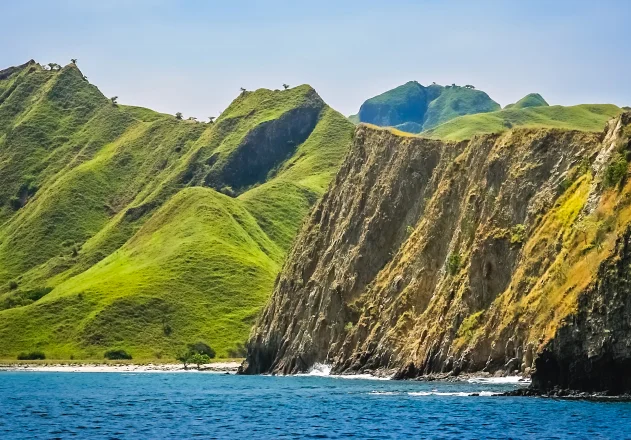
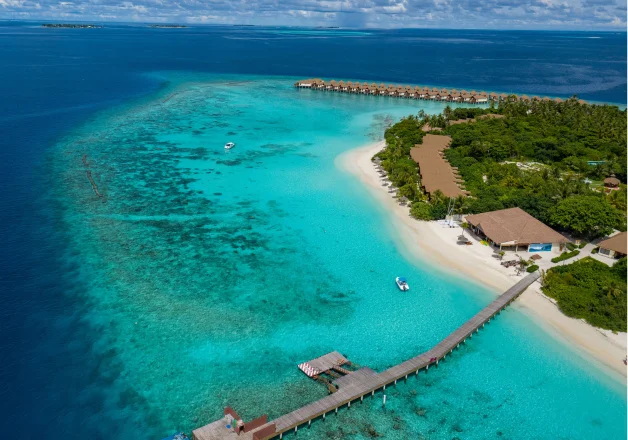
How to Arrive in Komodo
Komodo National Park is located in the beautiful region of Flores in Indonesia. The nearest airport is Labuan Bajo International Airport (LBJ), a short 10 minutes away car trip between the airport and the Labuan Bajo harbour.
Komodo is a new travel destination for Indonesia, still largely undeveloped so the flights are also limited although new flights are added yearly. The most easy way to arrive in Komodo is either from Jakarta or from Bali but the Bali flights are most popular because it’s a short 45-60 minutes travel.
Book NowBest Diving Itineraries in Komodo
There are just 2 or 3 options for the diving itineraries in Komodo, mostly ranging from short 3-day trips to longer 7 or 10-day trips that cover a wider range of dive sites throughout the Komodo National Park. Here are some of the most popular Komodo diving itineraries for liveaboard trips:
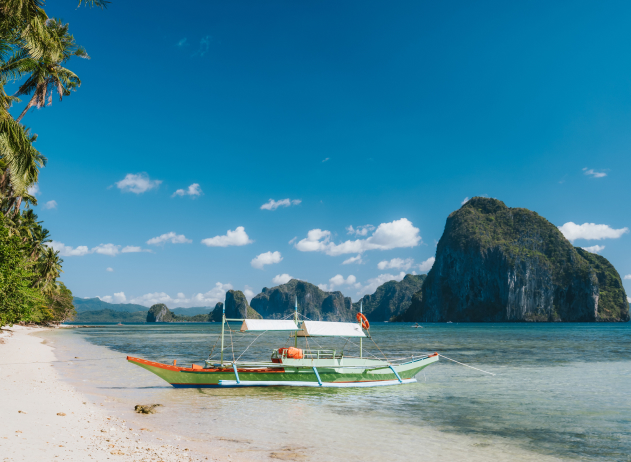
The Five Most Popular Dive Sites in Komodo
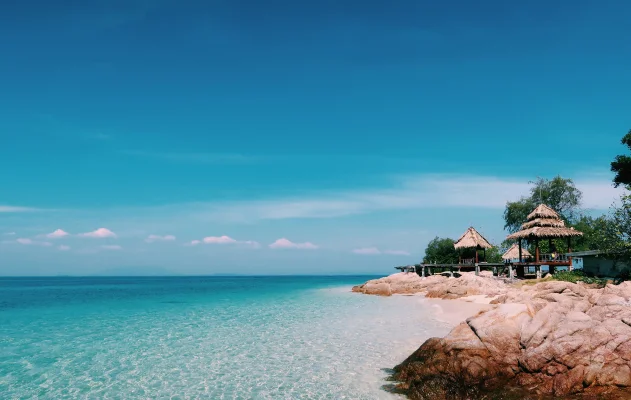
North and Central Komodo
This itinerary typically covers the dive sites in the northern and central parts of the Komodo National Park. Divers will dive in dive sites such as Castle Rock, Crystal Rock, and Batu Bolong, but also the manta ray cleaning stations at Manta Point or Mawan. This itinerary is typically 4-5 days long and largely preferred.
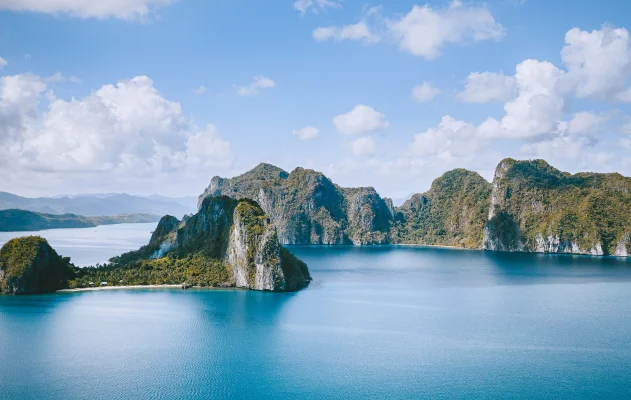
Southern Komodo and Flores
With this itinerary divers will visit the dive sites in the southern part of the Komodo National Park, as well as sites off the coast of Flores Island: Cannibal Rock, Yellow Wall, and Manta Alley. This itinerary is typically 5-7 days long.
Extended Komodo Liveaboard trips
Extended Komodo Liveaboard trips offer divers the ultimate opportunity to explore the breathtaking beauty of the entire Komodo National Park. Spanning the northern, central, and southern areas, these comprehensive itineraries provide a truly immersive experience. Divers can embark on a remarkable journey to famous sites like Tatawa Besar, Siaba Kecil, and Pink Beach. From vibrant coral reefs teeming with marine life to awe-inspiring underwater landscapes, each dive unveils a mesmerizing world beneath the surface. With an extended duration of 7-10 days, divers have ample time to fully immerse themselves in the diverse ecosystems and marine wonders of Komodo National Park.
During these extended liveaboard trips, divers can look forward to many unforgettable experiences. They will have the opportunity to explore the hidden gems and lesser-known dive sites in the park’s northern, central, and southern regions. Each location offers its unique charm and surprises, from encounters with majestic manta rays and elusive reef sharks to vibrant coral gardens inhabited by a kaleidoscope of tropical fish.
The Pink Beach, renowned for its stunning pink-hued sand, provides a picturesque backdrop for surface intervals and relaxation. With longer itineraries, divers can genuinely savor the magic of Komodo, immersing themselves in the diverse marine ecosystems and forging unforgettable memories. Whether an experienced diver or a novice explorer, extended Komodo Liveaboard trips offer a truly comprehensive and enriching diving adventure in one of the world’s most captivating destinations.

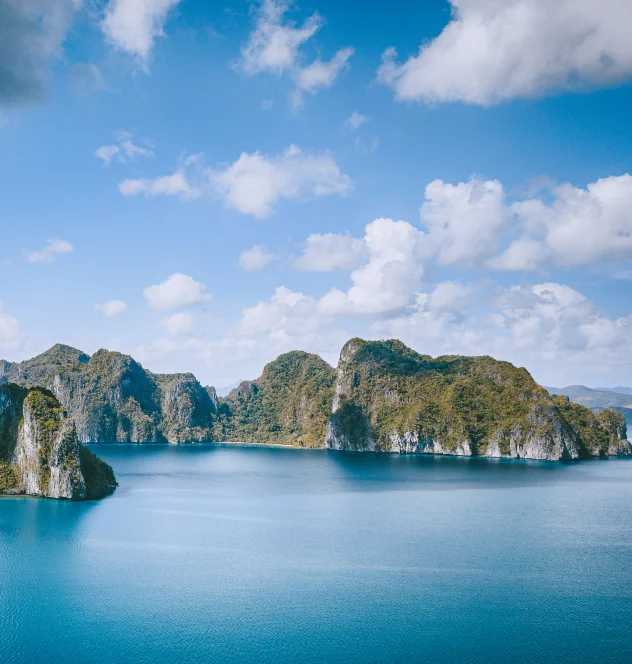
Luxury Liveaboard Options in Komodo Indulge in Style
If you’re seeking a truly lavish and unforgettable experience while exploring the magnificent beauty of Komodo, luxury liveaboard options offer the perfect blend of indulgence and adventure. These opulent vessels redefine the concept of luxury, providing an extraordinary setting to immerse yourself in the breathtaking natural wonders of the Komodo National Park. From elegantly designed cabins to world-class amenities, every detail is meticulously crafted to ensure a truly luxurious experience.
The luxury liveaboard options in Komodo boast spacious and well-appointed cabins that offer a haven of comfort and relaxation. With exquisite interior design and plush furnishings, these accommodations provide a retreat where you can unwind and recharge after a day of thrilling activities. Many liveaboards feature private balconies or panoramic windows that offer stunning views of the surrounding landscapes, allowing you to savor the beauty of Komodo right from the comfort of your own cabin.
Indulgence extends beyond the cabins, as these luxury vessels offer an array of world-class amenities and services. Fine dining experiences await you on board, with talented chefs creating culinary masterpieces using the freshest local ingredients. From delectable seafood to gourmet international cuisine, every meal is a gastronomic delight. After a day of exploring, you can relax in the onboard spa and indulge in rejuvenating treatments or take a dip in the infinity pool while enjoying breathtaking vistas.
Essential Tips for a Memorable Komodo Liveaboard Experience
Embarking on a Komodo liveaboard adventure is an exciting opportunity to explore the breathtaking beauty of the Komodo National Park. To ensure a truly memorable experience, there are several essential tips to remember. Firstly, it’s crucial to choose a reputable and experienced liveaboard operator. Research and read reviews to ensure they prioritize safety, have knowledgeable guides and maintain well-equipped vessels.
Secondly, pack wisely, taking into account the tropical climate and activities such as snorkeling and hiking. Remember essentials like sunscreen, insect repellent, and comfortable footwear. Lastly, embrace the opportunity to fully immerse yourself in the area’s stunning marine life and natural wonders. Participate in guided dives, witness Komodo dragons in their natural habitat, and capture the moments with a waterproof camera. With these tips, you’ll create memories to last a lifetime.
Komodo liveaboard experiences offer a unique chance to explore the region’s terrestrial and marine wonders. To make the most of your trip, it’s essential to plan your itinerary carefully. Research the highlights of the Komodo National Park, such as Padar Island, Pink Beach, and Rinca Islands, and discuss your preferences with the liveaboard operator. They can help you create a balanced itinerary with activities like snorkeling, hiking, and wildlife spotting.
Be open to unexpected adventures along the way. Some of the most memorable experiences can happen spontaneously, so maintain a sense of flexibility and embrace the surprises that come your way.
One of the critical elements of a memorable Komodo liveaboard experience is the opportunity to connect with fellow travelers and the local culture. Liveaboards often accommodate a small group of passengers, providing a chance to forge new friendships and create lasting memories together. Engage in conversations, share stories, and learn about your fellow adventurers’ different backgrounds and experiences.
Interact with the local communities you encounter during the trip. Respect their traditions and customs, and participate in any cultural exchanges or activities. By fostering connections with fellow travelers and the local culture, your Komodo liveaboard experience will be enriched and unforgettable.
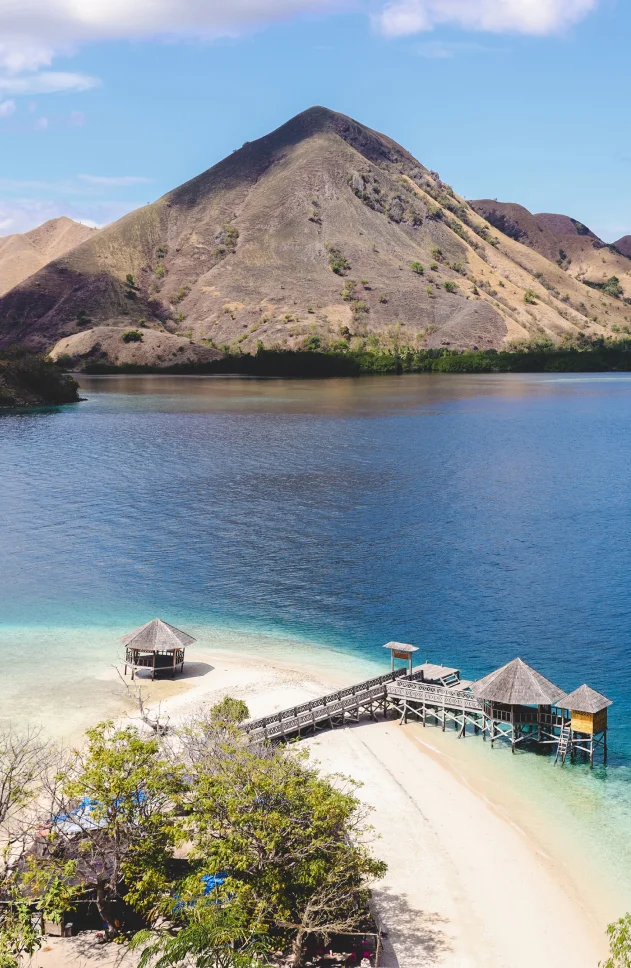
Frequently Ask Question
Everything you need to know about the product and billing. Can’t find the answer you’re looking for? Please chat to our friendly team.
See More FAQs